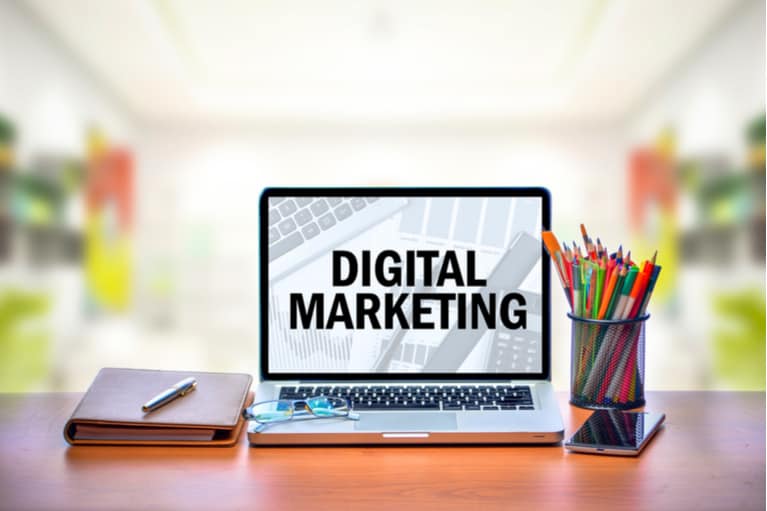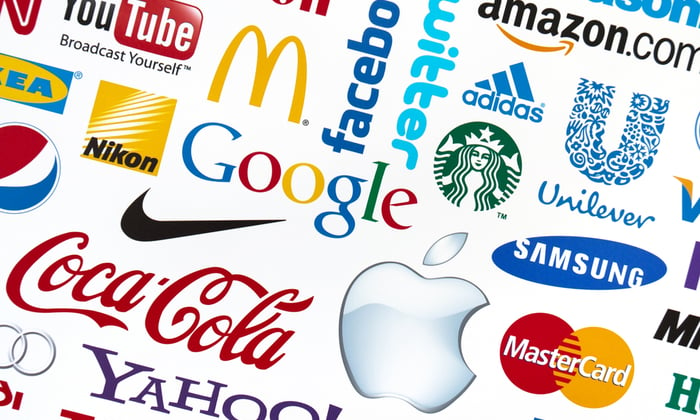
What might the trends in branding be for the year 2022?
How will modern, effective branding change? What brands will have ceased to exist? The last decade has seen an increase in digital Branding content and an expansion of influencer marketing. As a result, consumers have become accustomed to high quality, targeted content… …In this article, we’ll explore some trends that you can implement into your own brand strategy now to position yourself for future success
The next 5 years are going to be about attracting and retaining customers through the brand. So whether you’re a B2B marketer or B2C marketer, it’s evident that you should pay attention to how brands utilize technology, the user experience, and the online presence. So what trends will we see in branding in 2022?
Branding has always been an important part of the economy. A strong brand impacts consumer behavior and perception in a positive manner. The mechanisms involved in this process are various and intricate and thus, companies need to hire professionals in Digital Marketing Services to develop their brands. And these days are no different. In fact, developing an effective branding strategy can bring more relevance to your products than ever before. Besides that, from a consumer standpoint, brands have become more important than ever before as we tend to depend on them greatly when making important purchase decisions.

7 Digital Branding Trends are Below in the following
1. Adaptable Logos
Your logo is your brand. It’s what first captures the eye of your target audience and helps them distinguish you from your competitors. It needs to be unique, memorable, and appropriate for whatever channel you’re using it on.
If you want your logo to look great across all platforms, you need to make sure it works in tandem with the rest of your branding materials. This means having a set of guidelines that tell you how to scale down or up a logo and how best to tweak it for use on different channels. Like social media networks or branded products like t-shirts and mugs.
It’ll also help if you have a style guide that explains how things like color schemes should be used when designing graphics for printed materials. Like flyers or brochures as well as digital Branding ones like web banners and email newsletters.

2. Social Media Branding
Social media is a marketing staple that’s here to stay. If your business isn’t already capitalizing on the opportunities that social media has to offer, now is the time to start.
To get started, find out what platforms your target audience uses most often. Once you know where they hang out online, take some time to learn how each platform works and what kind of content performs best on it.
Next, decide what personality or voice to adopt for your brand. Do you want to be funny? Eccentric? Satirical? Formal? Whatever personality and language you settle on should align with the personality and language your target audience uses or would appreciate.
3. Official Hashtags in Digital Branding
Branded hashtags are a great way to get your brand in front of more eyes and engage with your audience.
According to Later’s research, using hashtags in your posts can increase your reach by up to 11% per post. There’s no denying that hashtags can help you get more eyes and engagement on your social media posts, so why not take it a step further and brand your hashtags?
Using official hashtags that include your brand or product name allows you to track consumer sentiments and perceptions about your company while also improving brand recognition. Digital Marketing Services In Pakistan provides you with access to a treasure of user-generated content that you can highlight on your page to thank your customers and build trust with potential customers. And also promoting your brand without having to pay for the exposure.
Start using a unique hashtag that is clearly associated with your business and easy to recognize in your posts once you’ve created it. Include it in your digital marketing strategy and on your website.

4. Inclusivity and Diversity
Inclusivity and diversity are more than just buzzwords. They’re a way to connect with your customers and build loyalty, which can lead to increased sales.
According to a consumer survey by Google and The Female Quotient, 64% of the participants admitted to taking some action after seeing an ad they considered inclusive or diverse. Similarly, 69% of Black consumers said they were more likely to buy from a brand when it’s advertising positively reflects their race/ethnicity.
The demand for diversity and inclusivity is on the rise. Only brands that can show that they’re committed to these principles in reality, not just on paper, will win the patronage of tomorrow’s consumers.

5. Interactive Digital Branding
The marketing landscape has changed drastically over the last year, and it’s no longer enough just to publish a blog post or share an image on social media and call it a day. Customers, on the other hand, expect businesses to be more responsive to their needs. They want to have an impact on and contribute to the content they consume by interacting with videos, visuals, or stories.
Only brands that understand that marketing is a two-way street will be positioned to capture the audience’s attention and succeed in today’s environment. Interactive branding is an opportunity for you to let your creativity run wild and tell even more captivating stories about your company and its products or services.
The following are some examples of how interactive branding can be used:
- Include interactive elements on your website so visitors can engage with your brand in unique ways while they’re browsing around.
- Create interactive campaigns that let people influence what happens next in the story or video by clicking on different choices offered up by your brand.
- Use chatbots as part of your customer service strategy so you can provide real-time responses. From people who work at your business rather than just automated messages from bots.

6. Data-Driven Branding
In today’s digital Branding marketing environment, data-driven branding is essential for companies to succeed. Consumers now have more information than ever before. They can easily find out about any company’s product or service online. And when a customer has a negative experience with your brand. They are more likely than ever before to share their opinion with others.
To take advantage of this wealth of information, you need to go beyond traditional marketing techniques and adopt data-driven branding strategies. This means collecting, managing, and analyzing data from various sources including social media platforms, email marketing campaigns, website analytics tools, etc. So that you can make informed decisions regarding product development and market research.
With this approach in place, you’ll be able to speed up product development. While refining operational efficiencies and enhancing customer experience across multiple channels. Such as social media campaigns, email marketing campaigns, mobile apps, etc. 
7. Digital Branding Without Your Brand Name
Consumers will be starting to get sick of all the ads being shoved into their faces every minute. Customers are not concerned with brands and are more concerned with finding practical solutions to their problems.
Branding without your brand name is an easy way for companies to lose out on potential customers. Who might have been interested in what you have to offer if only they knew it was there!
These days, consumers are skeptical of advertising campaigns and marketing tactics. They don’t want to be sold on a brand; they just want to know that the product will solve their problem.
Remember: it’s not just about making sure your brand name is visible; it’s also about making sure that your brand values are clear and consistent throughout every touchpoint with your customers.





